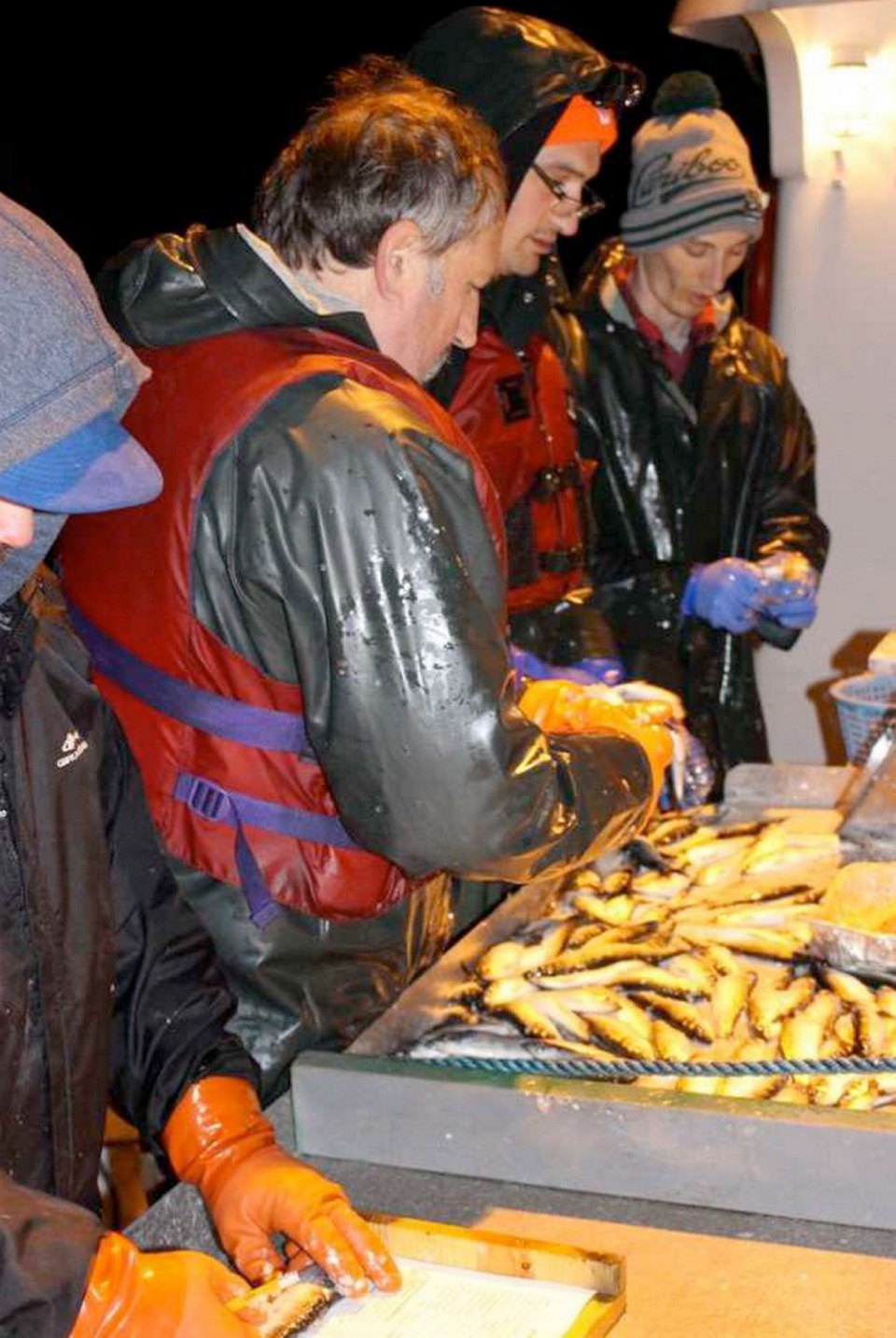A roe-herring fishery in the Strait of Georgia will go ahead despite the objections of conservation groups worried about its impact on endangered chinook and southern resident killer whales.
Conservancy Hornby Island has collected more than 44,000 names on its online petition to halt the fishery and protect the last healthy stocks of herring in B.C.
But the Department of Fisheries and Oceans said it decided to proceed after weighing input from scientists, environmental groups and others.
The agency claims herring stocks in the strait are “near historic highs” and able to support a commercial fishery.
Grant Scott, president of Conservancy Hornby Island, questions those claims given DFO’s poor track record of managing fisheries and the fact that four of five major herring stocks in B.C. can no longer support a full commercial fishery.
“It’s not just the herring themselves,” he said. “It’s the impact on everything that eat herring, rely on herring. It’s one of the cornerstone ecological species in the whole coast and four of the five of them have been over-fished.
“And [DFO] just seem to be doing the same thing using the same logic, the same science, the same rationale for the Strait of Georgia.”
Conservancy Hornby Island argues that DFO’s claim of “historic” highs is misleading when archeological evidence and the traditional knowledge of First Nations indicates there were once herring runs in Vancouver harbour, around the southern Gulf Islands and along the Sunshine Coast.
“They’re all gone,” the group says.
The DFO said stocks on Haida Gwaii and West Coast of Vancouver Island will be closed to all commercial fisheries, while limited spawn-on-kelp commercial fisheries will take place in Prince Rupert District and the Central Coast.
The Strait of Georgia stocks will be the only ones open to full commercial fisheries from Nanaimo to Comox. The fishery usually begins in late February or early March and last one to two weeks.
DFO has set the total allowable catch in the strait at 25,760 tonnes across four fisheries — roe gillnet, roe seine, food and bait, and special use.
The government doesn’t calculate the catch by individual fish, but Conservancy Hornby Island estimates the proposed haul at about 200 million herring.
“It’s a tremendous amount of herring,” said Ian McAllister of Pacific Wild.
“It’s the equivalent in weight of a full-size B.C. ferry full of fuel and cars.”
He added that the decision to allow the fishery makes no sense when herring is the primary food source for endangered chinook salmon which, in turn, are the preferred prey of endangered southern resident killer whales.
“So how DFO, on one hand, can say they’re doing everything possible to save these species from starvation when, on the other hand, they’re allowing their principle food supply to be mined,” McAllister said.
DFO insists that it recognizes the critical role that herring play in the ecosystem as a food source for different species.
“Sustainability of the stock is DFO’s primary management objective for Pacific herring,” the agency said in a statement.



